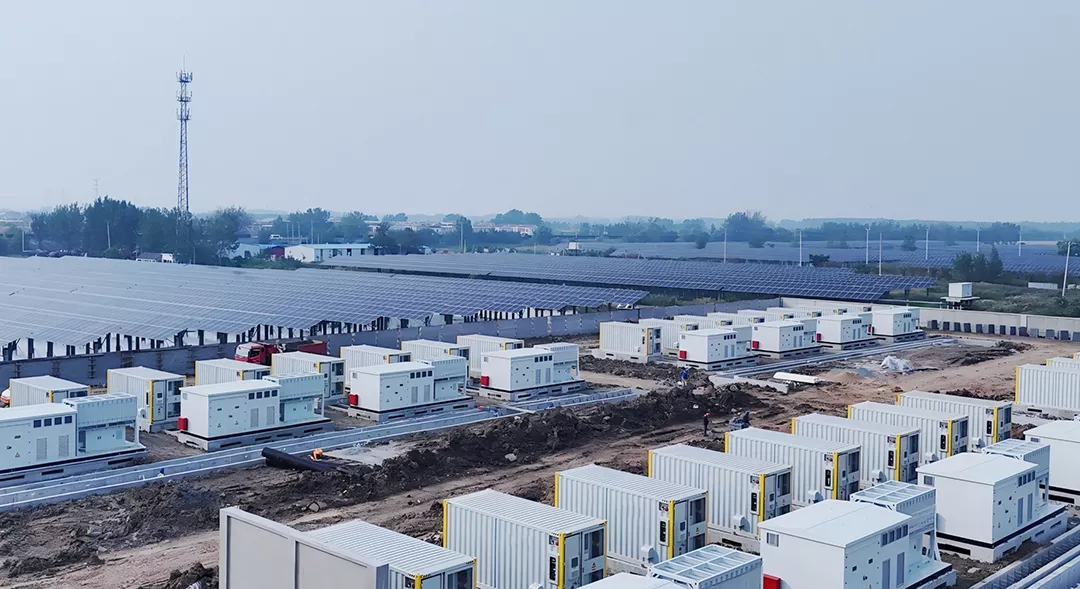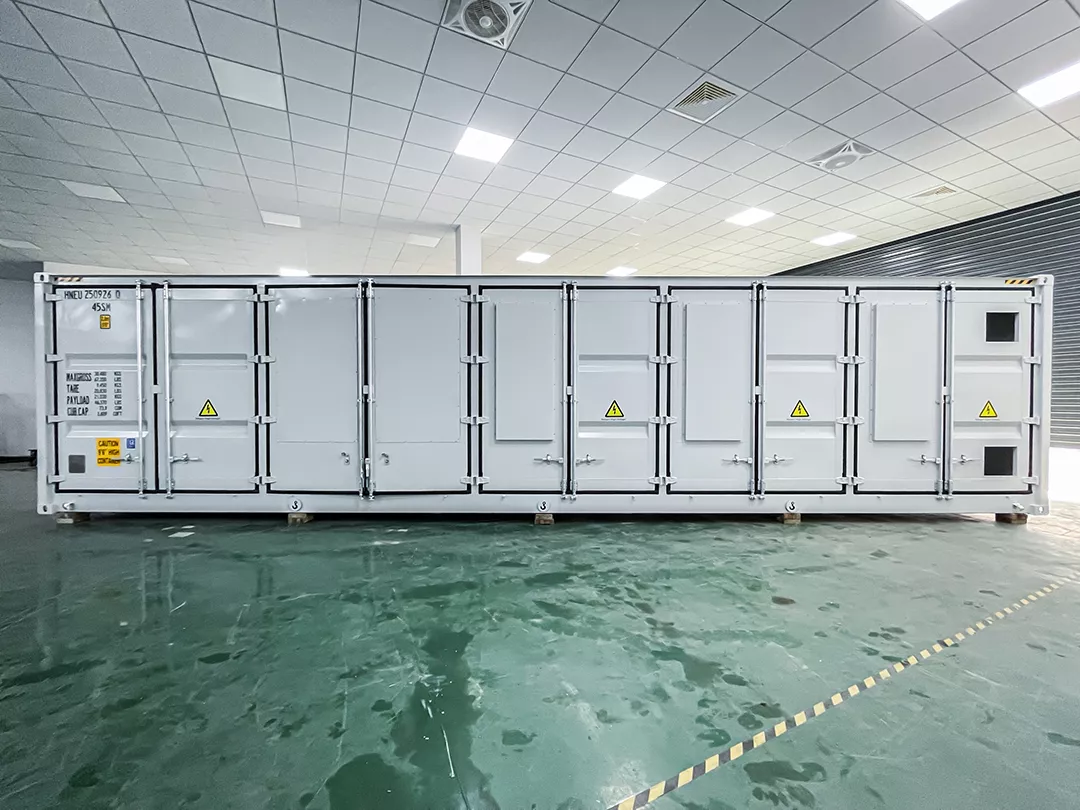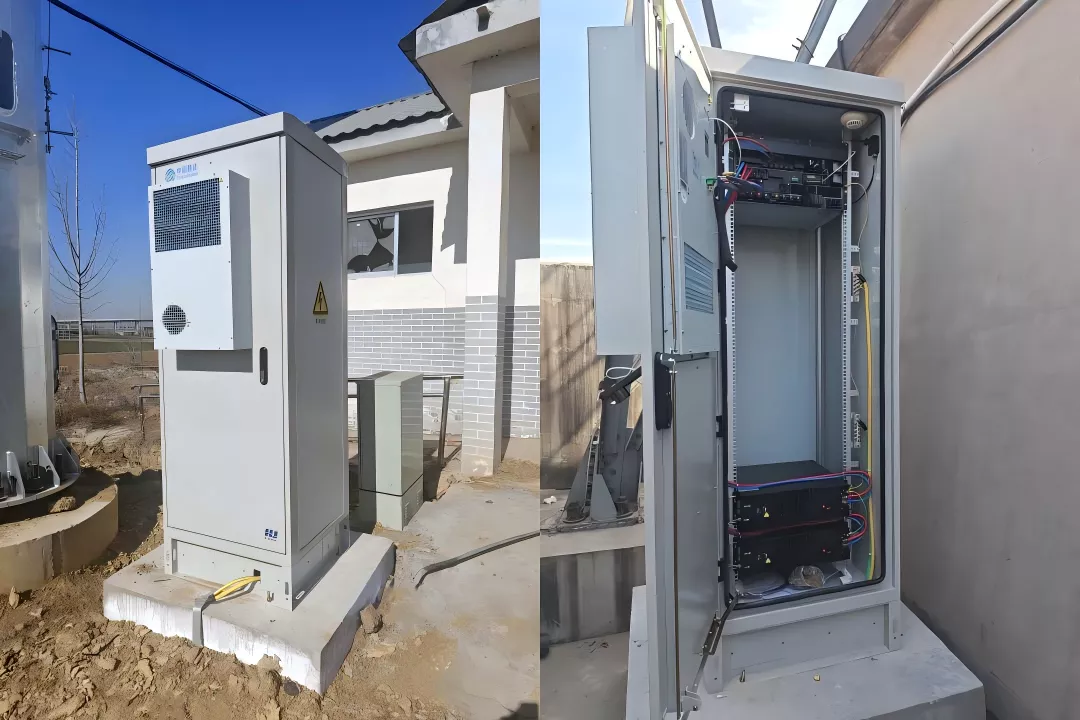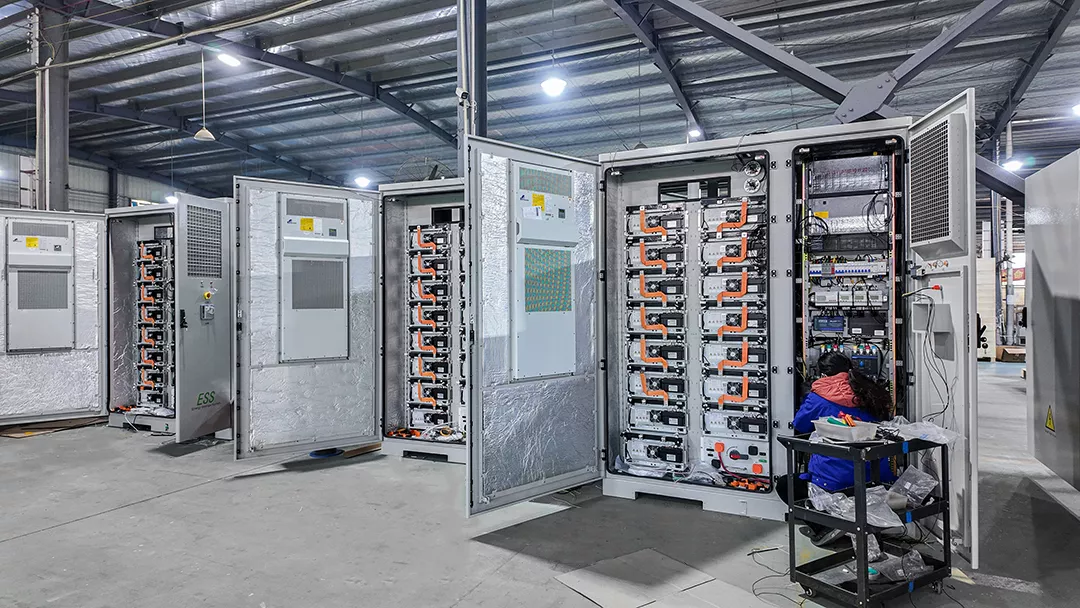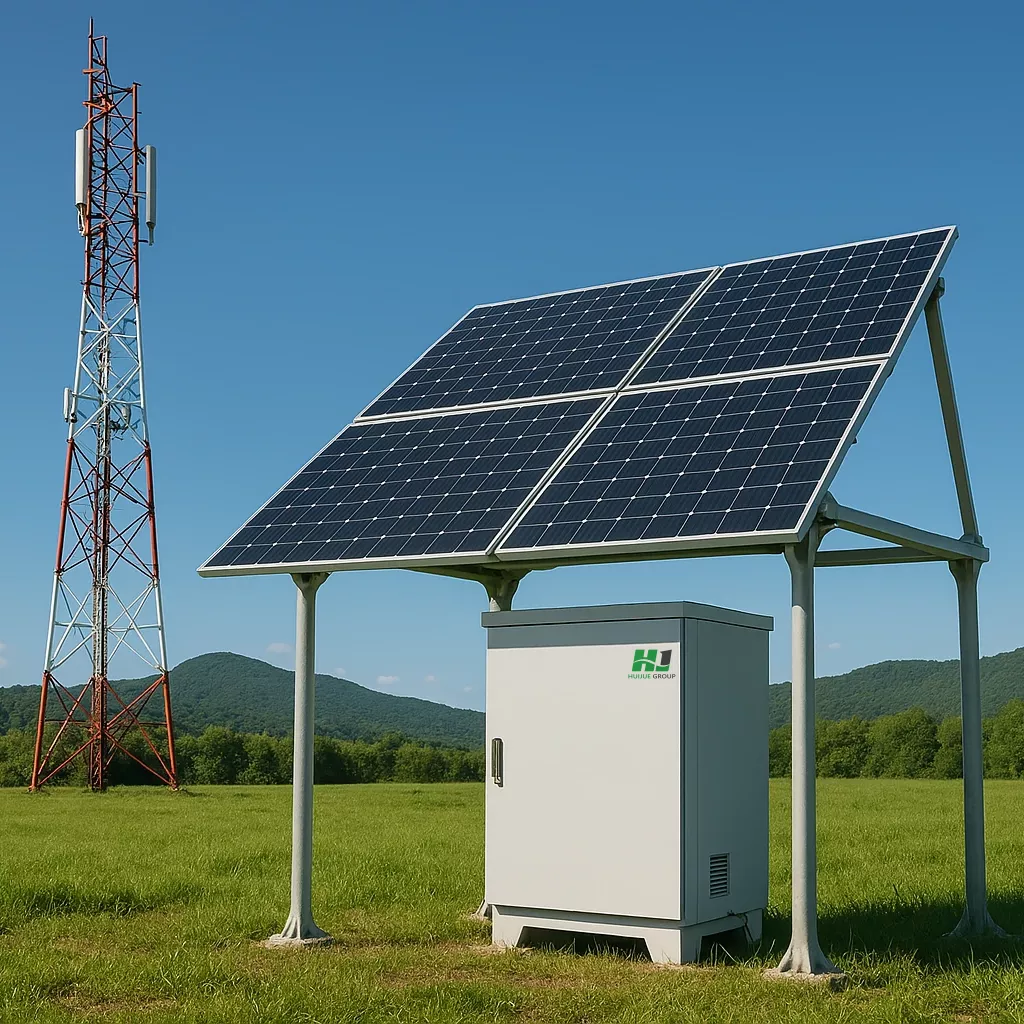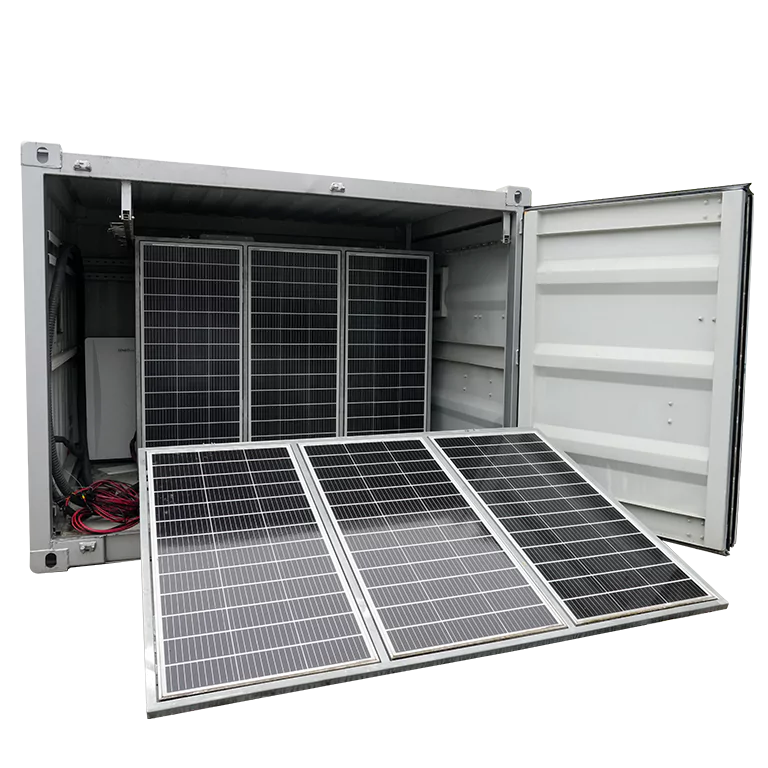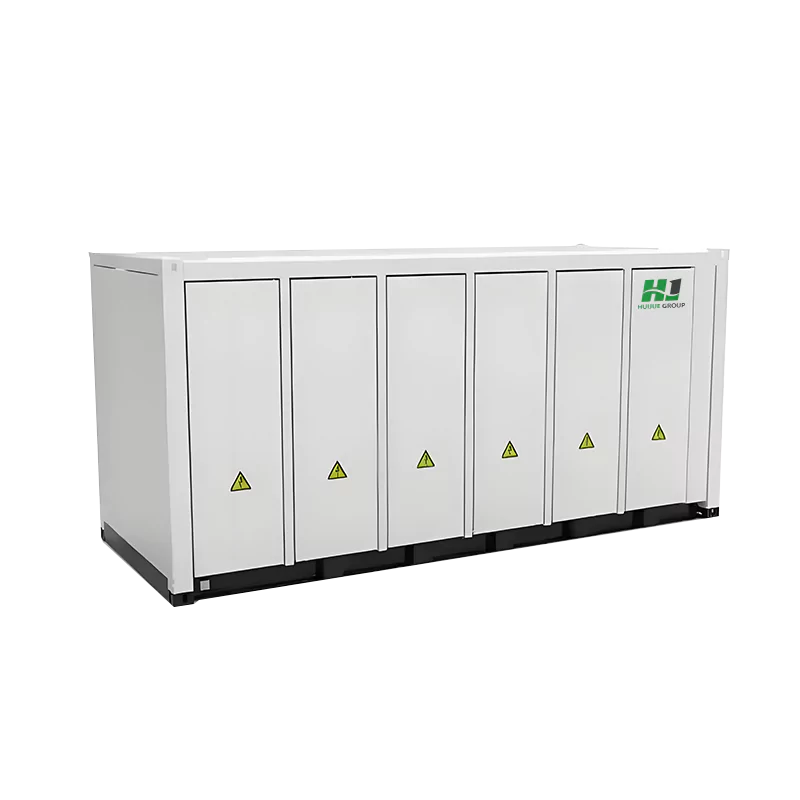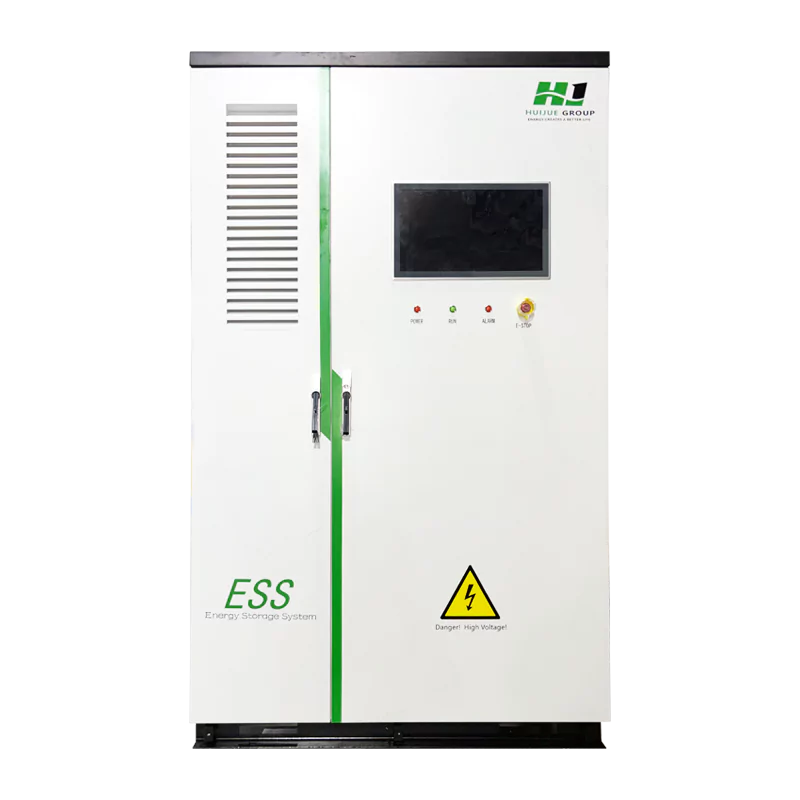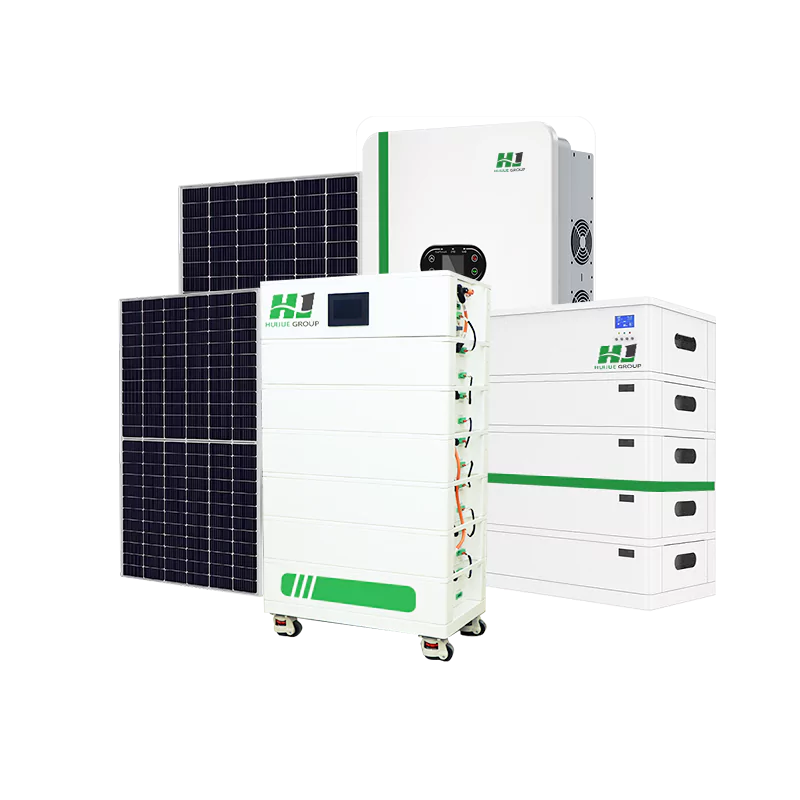Commercial and industrial energy storage may usher in a spurt of development in the coming year!
With the deepening of the global energy structure transition and the “dual carbon” goal, commercial and industrial energy storage is ushering in unprecedented development opportunities. It is expected that by 2025, the global industrial and commercial energy storage market will show explosive growth, the policy support from governments, a growing balance between market supply and demand, and considerable profitability prospects, together driving this segment into a new milestone.
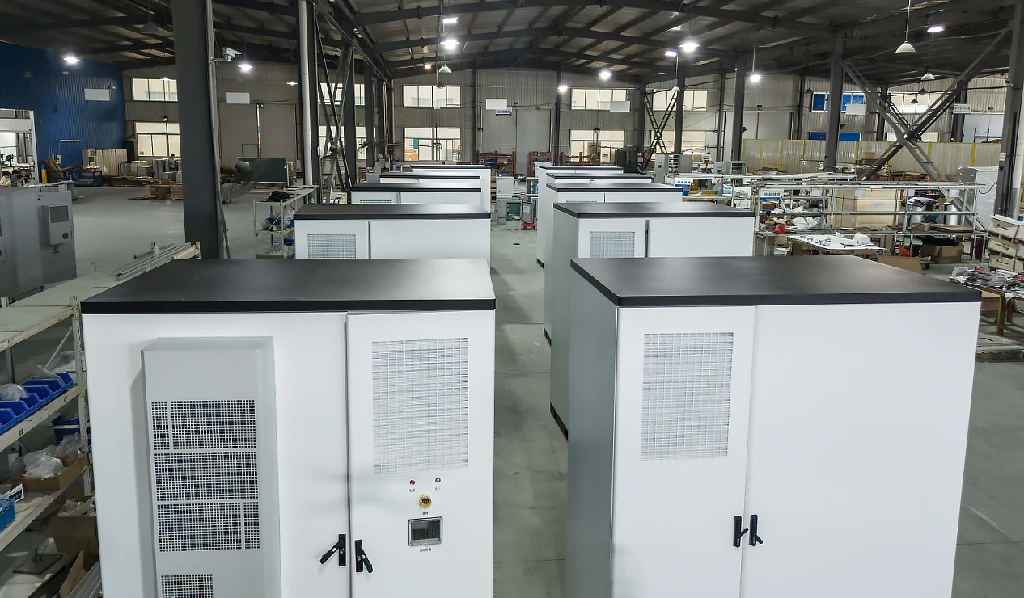
First, Market Size and Installed Capacity Forecast
* Market size: According to Dataintelo’s report, the global industrial and commercial energy storage market will be approximately $15 billion in 2023, and is expected to grow to $45 billion by 2032 at a compound annual growth rate (CAGR) of 12.5%.
* Installed capacity: TrendForce expects the global installed capacity of new energy storage to reach 86 GW/221 GWh in 2025, a 27%/36% year-on-year growth from 2024, with industrial and commercial side energy storage playing an important role.
* Segmented market performance (e.g., US market)
According to the U.S. Energy Storage Monitor report jointly published by the American Council for Clean Energy (ACP) and Wood Mackenzie, the U.S. energy storage market (utility, distributed, commercial, and industrial) will add about 15.2 GW/48.7 GWh of new installations in 2025, of which:
Utility side: expected to grow by 22%, accounting for the highest share;
Distributed energy storage: most volatile by policy, incentive adjustment;
Commercial and industrial side: remains robust, with new installations of about 0.4 GW/0.8 GWh, up about 11% year-on-year.
* Global market performance
According to Wood Mackenzie Q2 2024 “Global Energy Storage Market Outlook”, as of the end of 2024, the global (except pumped storage) cumulative installed capacity of 159 GW/358 GWh, it is expected that from 2024-2033 will be added another 926 GW/2 789 GWh, global energy storage is moving towards a multi-TW era.
These data show that, with the improvement of technological maturity and cost continuing to decline, the installed base of industrial and commercial energy storage will usher in a significant increase in the coming year.
Second, multi-national favourable superposition
- the United States
* Inflation Reduction Act (IRA) continues to provide up to 30% investment tax credit (ITC), and additional incentives for domestic manufacturing and low-income community projects.
* FERC Order 841 pushes to open electricity markets to energy storage and encourages storage participation in frequency regulation and capacity markets.
* 3.8 GW of new energy storage in the U.S. in Q3 2024, up 80% year-over-year, with nearly 12 GW installed annually, an all-time high.
- China
* The 14th Five-Year Plan puts new energy storage as a key development target, proposing that by 2025, the installed capacity of energy storage will reach 30 million kilowatts (GW).
* Multi-provincial tariff incentives and capacity market construction to accelerate the industrial and commercial side of the energy storage system landing.
- Europe
* EU Renewable Energy Directive revision (RED II/III) to strengthen the requirements for synergistic development of energy storage and new energy.
* Germany, the United Kingdom and other countries are to launch green hydrogen, energy storage distribution networks spread subsidies to help enterprises reduce construction costs.
- Developing countries
* The International Energy Agency (IEA) expects global clean energy investment to reach US$2.2 trillion in 2025, of which about US$66 billion will be invested in energy storage, highlighting the confidence of international capital in the profitability prospects of energy storage.
Policy dividends are stacking; industrial and commercial users can receive multiple incentives to significantly improve project feasibility and return on investment.
Third, oversupply or undersupply?
* Supply side: with the expansion of battery manufacturing capacity (battery factories in China, South Korea, and Europe continue to come on stream), the cost of energy storage systems has dropped from US$780/kWh in 2013 to US$139/kWh in 2023, a drop of over 80%.
* Demand side: the industrial and commercial power consumption side is facing increasingly severe peak and valley electricity price difference, demand charge, and power limit assessment pressure, especially in manufacturing parks, data centres, charging stations, and other high-energy-consumption scenarios. The demand for energy storage has surged.
* Grid resilience needs: the high penetration of new energy leads to more complex grid regulation, industrial and commercial energy storage can provide “on-site frequency regulation”, “edge standby”, and other services to alleviate the pressure on the power grid.
From a comprehensive point of view, under the joint effect of cost reduction and diversified demand, the supply and demand sides are fast docking, and the market is gradually shifting from “supply-driven” to “demand-pulled”.
Fourth, the global energy storage diversified income mode
- Peak and Valley Arbitrage and Peak Shaving, and Valley Filling
* Enterprises can save 15%-30% of electricity cost by charging during the valley time and discharging in the peak time.
* Combined with photovoltaic power generation, the self-consumption rate is increased to over 70%, further shortening the payback period.
- Demand response and auxiliary services
* Participation in auxiliary services such as frequency regulation, rotating standby, black start, etc. in the electricity market, with an annualised rate of return of up to 2%-5% (depending on local market rules).
* Capacity market revenues in some countries account for 10-20% of overall revenues.
- Energy Management Contracts (EMCs) and energy storage sharing
* Third-party energy management companies (ESCOs) help commercial and industrial customers to achieve “zero threshold” deployment and reduce capital pressure through the “zero-investment power purchase share” model.
* Multi-User Virtual Power Plant (VPP) model, which integrates decentralised industrial and commercial energy storage assets to obtain higher premiums in the electricity market. 4.
- Carbon Market and Carbon Allowance Trading
* Energy storage systems can be linked to carbon trading platforms to realise carbon emission reductions and gain carbon credits by reducing high-carbon power purchases.
Diversified profit model, so that industrial and commercial energy storage projects not only have the function of cost saving, but also gradually become a new profit growth point.
Industrial and commercial energy storage is standing on the eve of “blowout development”. From the policy dividend, market scale, supply and demand balance to diversified profitability, all the elements are pointing to the same conclusion: the next year will be the industrial and commercial energy storage to accelerate the landing and scale of the application of the critical period. For energy storage equipment manufacturers, energy service companies, and enterprise users, early layout, deep ploughing localised solutions will win the market opportunities.


 +86 18006277103
+86 18006277103 

